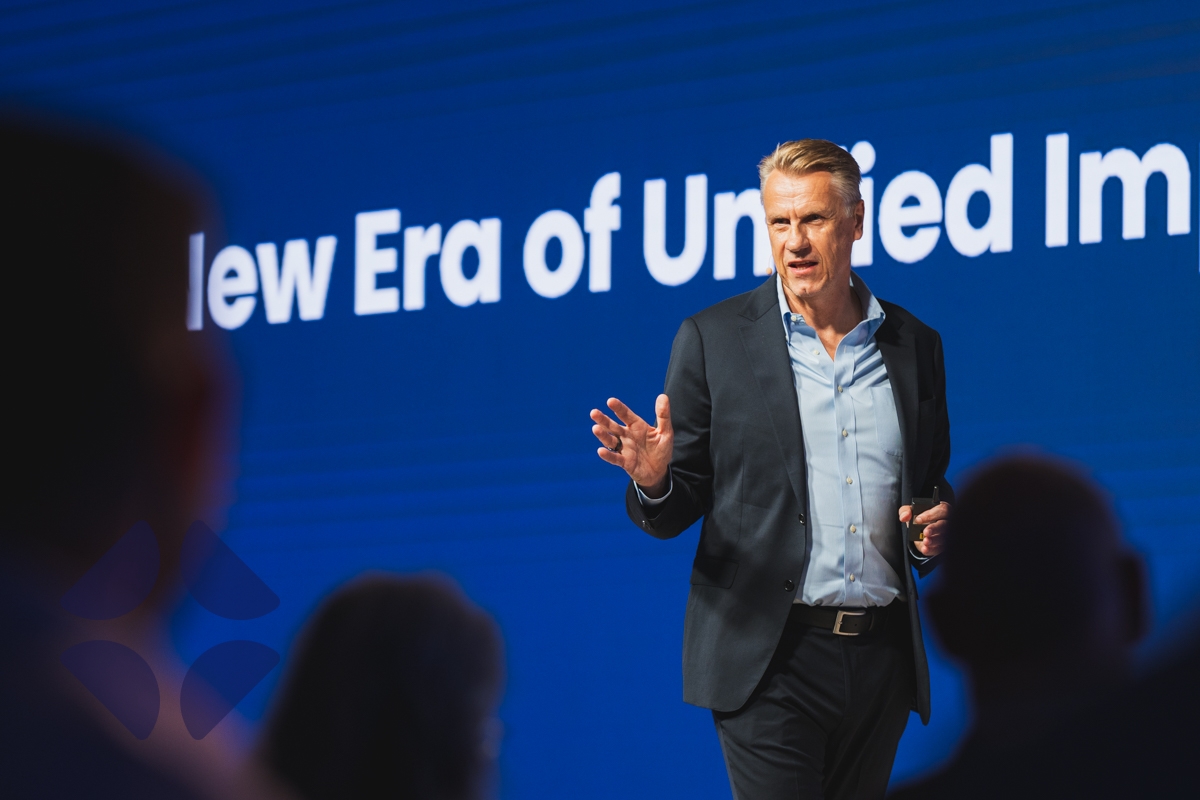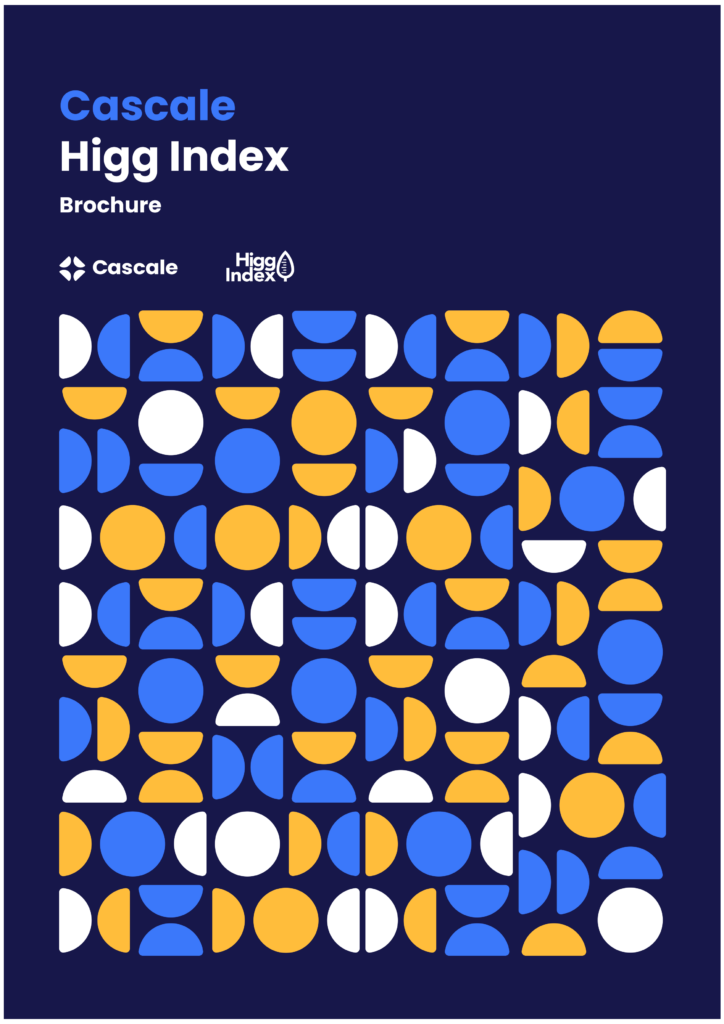We learned so much last year. The fashion and apparel industry has rightly been facing increasing scrutiny from consumers, stakeholders and regulators alike when it comes to its impact on people and the planet. Last year, while the notification from the Norwegian Consumer Authority (NCA) regarding the use of Higg Index data to support consumer-facing environmental claims was challenging, it also framed a positive period of self-reflection for our organization. Our resulting collaboration with the NCA and other consumer authorities globally, as well as our members, drove us to revisit the role the Sustainable Apparel Coalition (SAC) plays in supporting our members to achieve their sustainability goals. The experience has ultimately helped us to grow and evolve.
We are now excited to be moving forwards with more clarity in our approach, greater openness, and renewed commitment. While 2022 will be remembered as a year of changing landscapes, 2023 is about transforming those into opportunities to create long-lasting positive impact. As we hurtle towards critical sustainability deadlines, now is the time for follow-through and collective action.
Increased transparency
First and foremost, we will increase transparency – particularly in terms of creating impact and assessing our performance as a non-profit that brings brands, retailers and manufacturers together to take action on urgent sustainability challenges faster. We want to be clearer about the impact of our initiatives and the actions of our members, making sure to set clear objectives for each one.
A revision to our Strategic Plan in the first half of 2023 will inform our journey. This will reflect the substantial global changes since SAC launched our previous plan in 2020 and improve how we support members and partners to protect people and the planet.
Evolving tools and technology to measure impact
One of our main goals since our inception has been to equip the industry with a global, standardized method for measuring and understanding its impact. We are committed to the ongoing improvement and evolution of our tools to ensure we are empowering the industry with the best possible information available to drive social and environmental change.
This year, we are conducting an independent review of the Higg Index – our suite of tools enabling the industry to measure its impact. This is part of our significant efforts to support the industry to evolve and lessen its impact through data and tools. Our recent blog on the review process summarizes the journey from here and we look forward to sharing the outcomes with you.
We’re also following through on our 2022 commitment to deliver a new insights dashboard, drawing on the Higg Index suite of tools, which will provide users with a useful and easy way of understanding essential data that can inform action.
Partnership is the new leadership
While 2022 may have felt like a polarizing year for the industry, we continued to strengthen our position as a global convening platform for the entire fashion value chain. Throughout the year, we brought members and partners together to share knowledge through our global webinars, Strategic Council meetings and partnership convening – but our Annual Meeting in November was a real highlight.
Collective action and equal partnership were at the heart of the two-day event, held in Singapore. One of our key messages was the need for a just transition – ensuring that everyone co-creates solutions and benefits from the adoption of a green, circular and equitable economy. We invited key speakers from across Asia, Africa, and beyond, to ensure their voices were heard and their perspectives understood. We set out to create a more open, inclusive, and interactive Annual Meeting, particularly for manufacturers, smaller brands, and new members. Based on attendee feedback, we delivered. It was a truly collaborative moment with brands, manufacturers, NGOs, academics and many more.
This year we are continuing to build on these events and amplify our message, recognizing the importance of co-creating solutions with those who not only will bear the brunt of climate change, but also have so much knowledge in what is needed. So this year we are creating new partnerships with key stakeholders via a series of practical events. For example, in March we are partnering with the Sustainable Apparel Forum (SAF) in Bangladesh to participate in a discussion on decarbonization and what it will take for the industry to achieve the necessary reduction of carbon emissions.
On the back of our successful partnership with fellow fashion sustainability non-profit Global Fashion Agenda (GFA) at our Annual Meeting, we will be working together again to host a series of action- orientated events for both our networks.
More broadly, we will continue to work with GFA, and other organizations like the EU Commission, Textile Exchange, TIWW, and the NCA to drive home the necessity of collective action and harmonization. To deal with systemic industry sustainability challenges, we must all align on an agreed way forward.
Programs to drive action
Another highlight in 2022 that we intend to build on was the launch of our Decarbonization Program – which works to drive large-scale carbon emission reductions for our members. Our team’s work to share learnings around the decarbonization of supply chains across a variety of tools and channels has been well received as has our commitment to holding members accountable for their progress.
Bringing together global communities of industry players to develop solutions to different sustainability problems, our Collective Action Programs have been identified as a significant area of progress going forwards. Leveraging the insights from our Higg Index tools to inform and accelerate the transformation of our industry, these programs are all about striving for greater collaboration and collective action across the value chain.
A greener future
The experiences of 2022 have enabled me and my team to reflect on how the SAC can continue to support the industry to deliver radical change to become more responsible and ultimately, a force for positive change. Now we are putting this thinking into practice. Rejuvenated and re-energized, we are more focused and committed to driving the radical changes required for the fashion sector to play its part in delivering a more equitable, sustainable, and resilient future for all.






